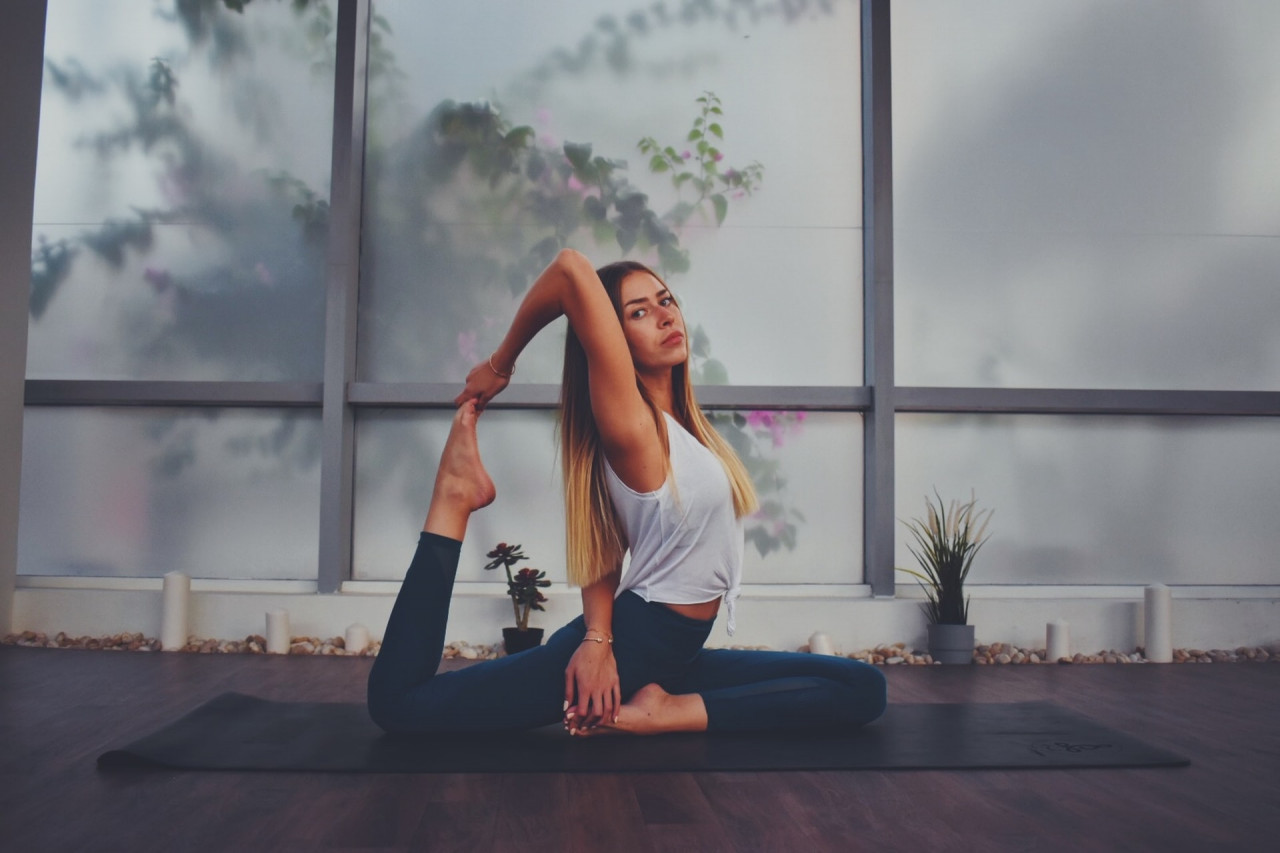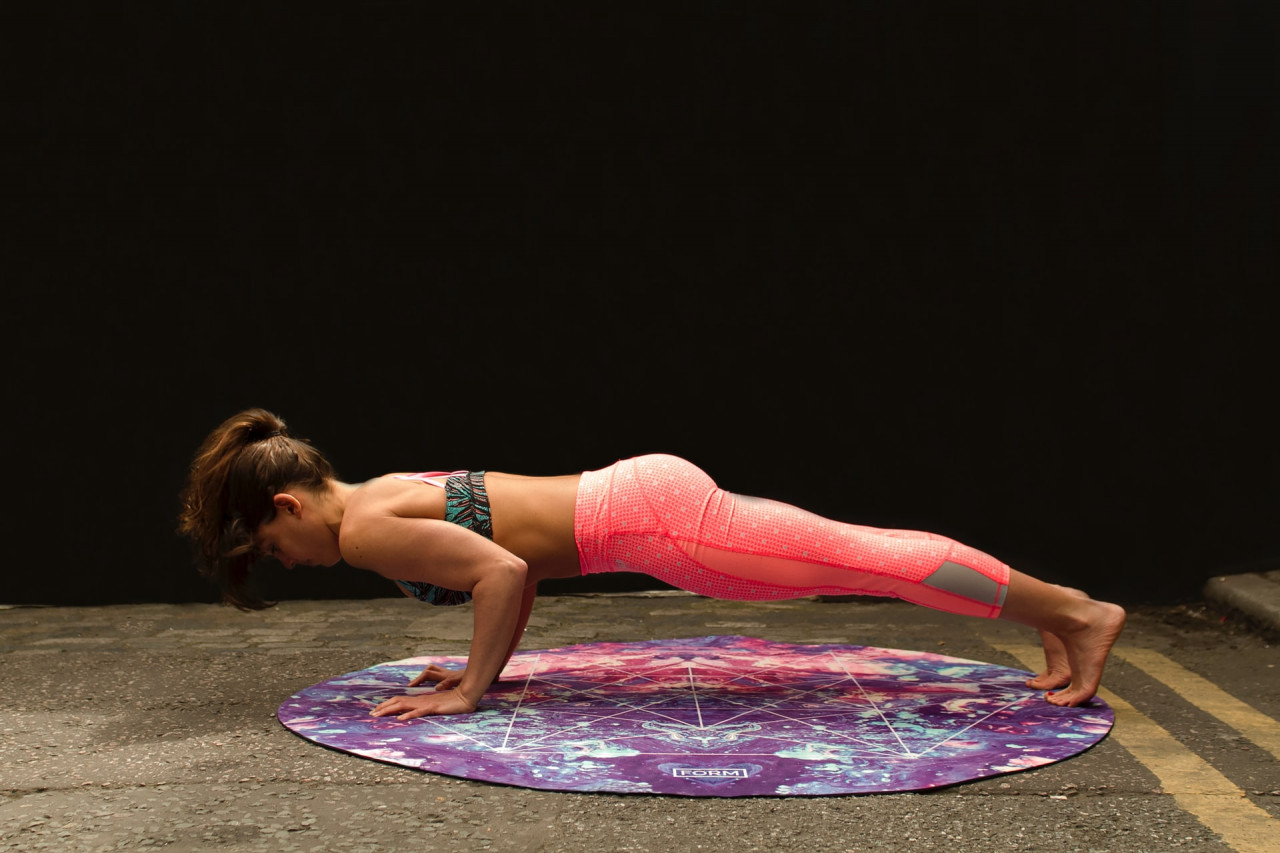Enhance Your Health With Pilates
If you're looking for different ways to improve your overall well-being, you should look no further than Pilates. The Pilates method consists of some 500 exercises that are specifically designed to improve both your mental and physical health.
There are only a few other methods that are proven to be as effective as Pilates – your mind and body, work in perfect harmony while you perform these exercises. Here's how exactly Pilates helps and why is it so impactful and beneficial at the same time.
A Brief History of Pilates
The Pilates method was developed and introduced in the 1920s by the physical trainer named Joseph Pilates. With the aim to help dancers get back into the fitness form and injured athletes recover faster from their injuries, Joseph Pilates was a true pioneer in the field of physical health.
Pilates is about challenging your body and finding a center point in order to control your movements. There's a prescribed rhythm, placement, and breathing pattern for each one of these 500 exercises, which makes it ideal for engaging your muscles and mind simultaneously.
Pilates and Yoga
You may already notice how Pilates is similar to yoga, but they're not the same at all, even though Pilates was partially inspired by yoga.
Although there are several things that connect Pilates and yoga, they're still essentially different. Both of them are focused on bringing the body and mind together, and both accentuate three core elements: breathing properly, exercise, and meditation. They are also designed to improve muscular and postural strength.
But what separates these two methods is one key aspect. While yoga is made up of a series of static postures, Pilates is about putting your body through a series of unstable postures. This way you're actually challenging your body more, by moving your arms and legs.
Who Can Perform Pilates Exercises?
Pilates combines aerobic and anaerobic forms of exercise, which makes it ideal for virtually anyone. It doesn't matter which age group or gender you belong to, the Pilates method can be hugely beneficial for your health. The Pilates method is not about competition, it's about (re)gaining physical and mental strength so you can be in perfect form for everyday activities and challenges.
This also means that Pilates can be great for you even if you're recovering from injury or any other procedure. If performed the right way, these exercises are not about exhausting a person. Each individual works out only until she or he feels comfortable.
A good physiotherapist should be present in these cases, to ensure that exercises are appropriate for that person. That's why it's paramount to opt for reliable professionals services like Sutherland physiotherapy, for example. It doesn't matter if you're a professional athlete, pregnant woman, or a person with limited mobility – it's of utmost importance that you don't jeopardize your health by being without supervision.
How Does Pilates Work?We've already indicated what Pilates is not about (competition, other than with yourself, to be more punctual), now it's time to talk about how does Pilates actually work. First of all, it requires concentration and focus because it emphasizes precision. When your body goes through different ranges of motion, it lengthens and stretches all major muscle groups in your body. Controlling your body through these movements is what it's all about, essentially.
The Pilates method also improves flexibility, strength, endurance, balance, and body awareness, at the same time. Since exercises are performed in low repetitions, there's no excessive sweating and straining.
Each session lasts between 45 and 90 minutes, and there are two basic forms of Pilates: mat-based Pilates and equipment-based Pilates. Both of these forms are low-impact and put an emphasis on the quality of posture and abdominal control, rather than the number of repetitions. It's not about how energetically you can move, but about moving through a slow, sustained series of exercises.
What are some of the Health Benefits of Pilates?Before we conclude, we should talk about the health benefits of pilates. These include improved flexibility, increased muscle strength and tone (your core/abdominal muscles, lower back, hips, and buttocks work the most), balanced muscular strength, enhanced muscular control, more spine stability, and improved posture.
On top of these things, Pilates is also great for rehabilitation and prevention of injuries, improved coordination and balance, relaxation if your shoulders, neck, and upper back, and so on. As far as your mental health is concerned, you'd also see huge improvements in concentration, focus, body awareness, stress management, and overall relaxation.
Final WordIn this article, we've tried to point out some clear benefits of performing Pilates exercises. Just make sure that you do these for an extended period of time, and you're bound to see great improvements in your mental and physical health at the same time.
We also strongly advise you to seek professional help or assistance prior to engaging in any of these exercises, especially if you suffer from some ailment or you have other health-related issues.
Credits
Photo by Rawan Yasser on Unsplash
Comments
By accepting you will be accessing a service provided by a third-party external to https://style-review.com/



